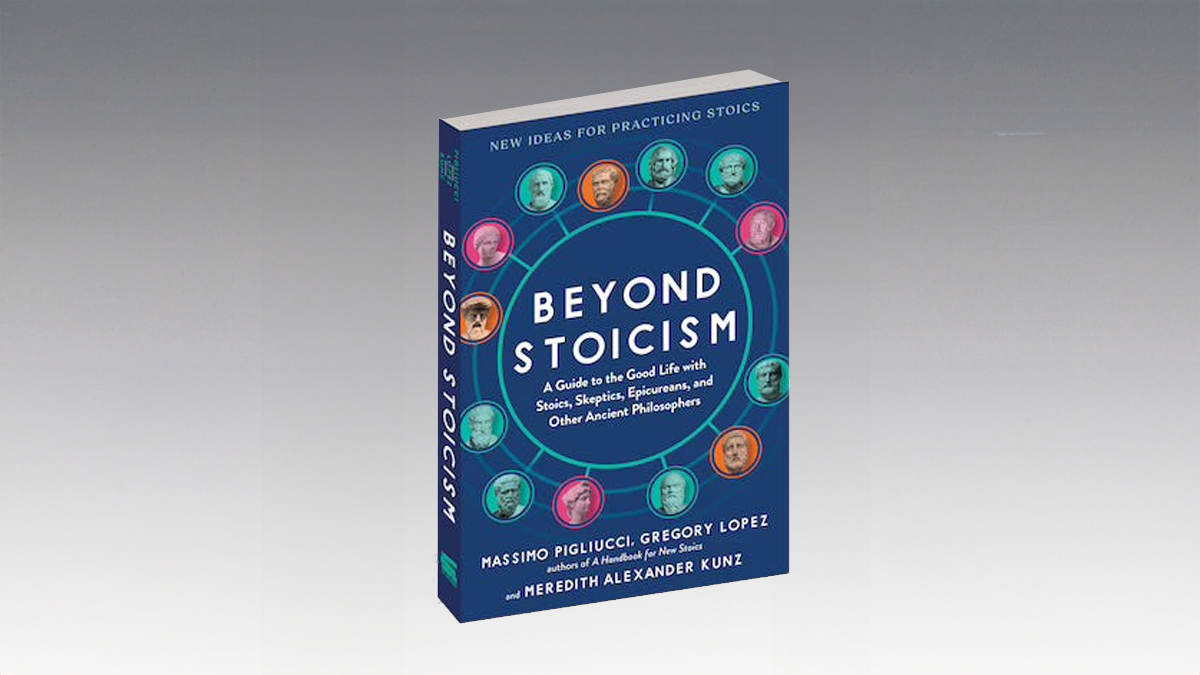It’s a mystery that Rutgers psychology professor Barry Komisaruk is trying to solve. Men seem to be immune from the problem.
Question: Why are some women unable to climax?
Barry Komisaruk: We don't really know why some women can't experience orgasms. I started out by some years ago trying to find women who don't experience orgasms to study them in looking at their brain activity during genital self-stimulation and we identified one women and she -- but she before she came to our lab she said she got a new boyfriend and now she's had her first orgasm. So that did it for that experiment. We're still looking and it is a very interesting question. We don't really know. Certainly there are situations in which with peripheral nerve damage or diabetes, these can impede the neural transmission, the sensory nerves.
It’s much rarer in the case of men. McKenzie reported that only a few, two or three, of the men they interviewed out of many hundreds could have orgasms by thought alone, but we have found a substantial number of women who can have orgasms just by thinking. We’ve studied them and are continuing to study them and it’s really very interesting. We measured their heart rate and blood pressure and pain thresholds, which pain thresholds go up during orgasm. In other words, we found that women become much less sensitive to pain during orgasm and also their pupils dilate. All those measures, the heart rate, blood pressure, pain thresholds, and pupil dilations, they are all about doubled during orgasm generated by genital self-stimulation.
What we found is that women – we had ten women in the laboratory who said they could have orgasms just by thought and we measured their physiological responses when they applied genital self-stimulation, actual physical stimulation, and then we compared it with when they said they had orgasms by though alone. The physiological responses were essentially the same. They were indistinguishable. In other words, those women were really having orgasms just by thinking. They had different ideas – we asked them what their thought process was to elicit the orgasm and some said they had erotic imagery, but others said they had pastoral imagery, like walking along the shore on a warm summer day. Other women have a much more abstract image such as imagining the energy moving up and down their body and producing the orgasm. So, there are big individual differences.
Now we’re looking at their brain activity in women who have orgasms by thought alone and we are seeing very great similarities between when they have orgasms by just thinking and orgasms when they do genital self-stimulation.
Question: Is there something psychological going on?
Barry Komisaruk: We’re starting to study men and it’s a very good question, but we don’t really know what the difference is. It seems to be much rarer in men than in women. One of the things we are finding, very new findings, is that when women think of different parts of their body, the thinking about those parts of the body activates the sensory cortex. There’s a map of the body on the sensory cortex. In other words, the fingers are in one place and the toes are represented in another place, the face is represented in another place, the genitals in another place. It’s all systematically laid out, very much like the body plan is laid out on the sensory cortex.
What we’re finding is that when women think about their finger being stimulated, or they think about their toe being stimulated, or they think about their clitoris being stimulated, or their nipple, that the corresponding part of the body, the representation of it in the sensory cortex, of those body parts is actually activated just as if they are really being stimulated physically. I think one of the interesting questions is whether, since women can think their genital systems into actual activity in the brain, can men do the same thing? If they can’t then that might be a way of understanding why women can have orgasms by thought alone. Are the activating their genital sensory representation, which then spreads to other parts of the brain? And can men not do that? We don’t really know. But we have the tools to investigate that.
Recorded on October 29, 2009





